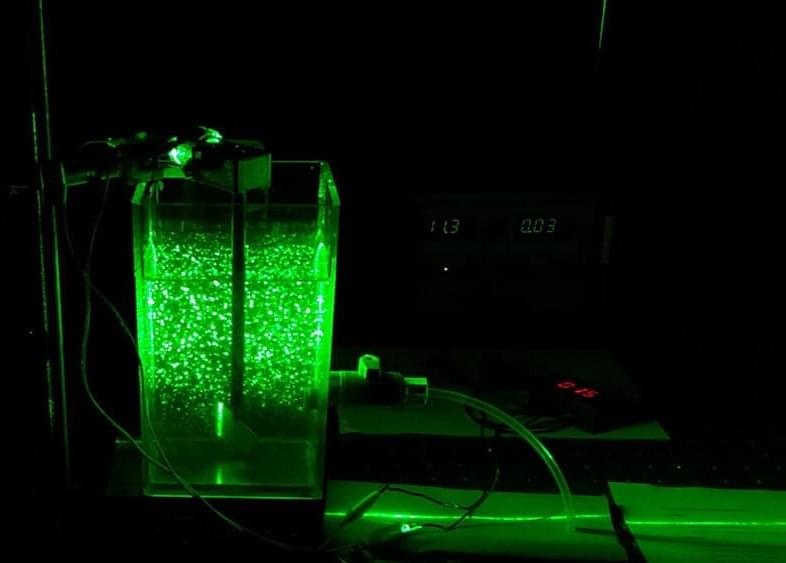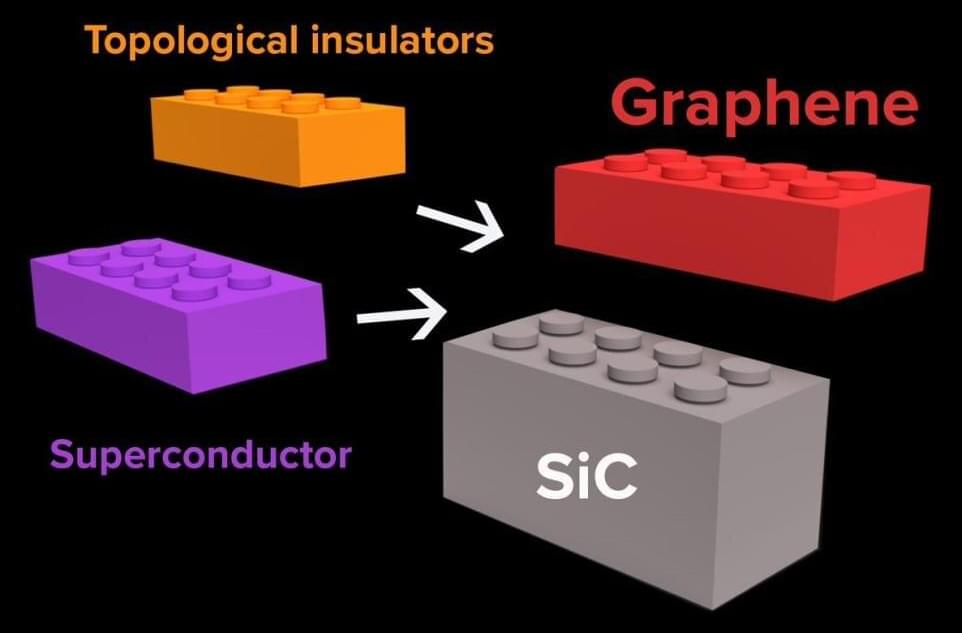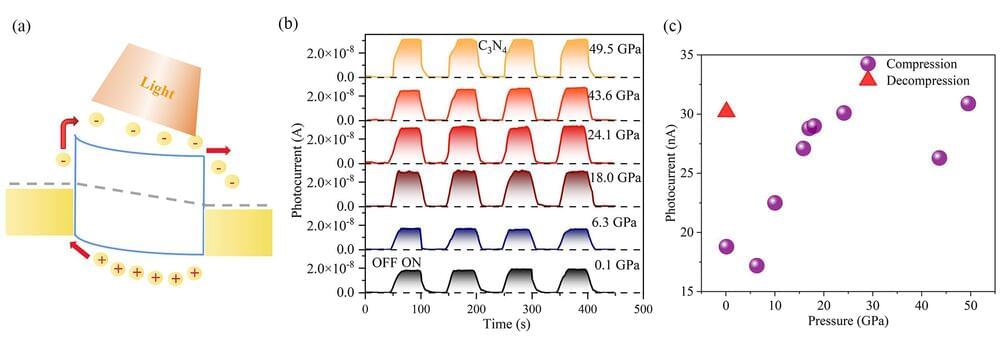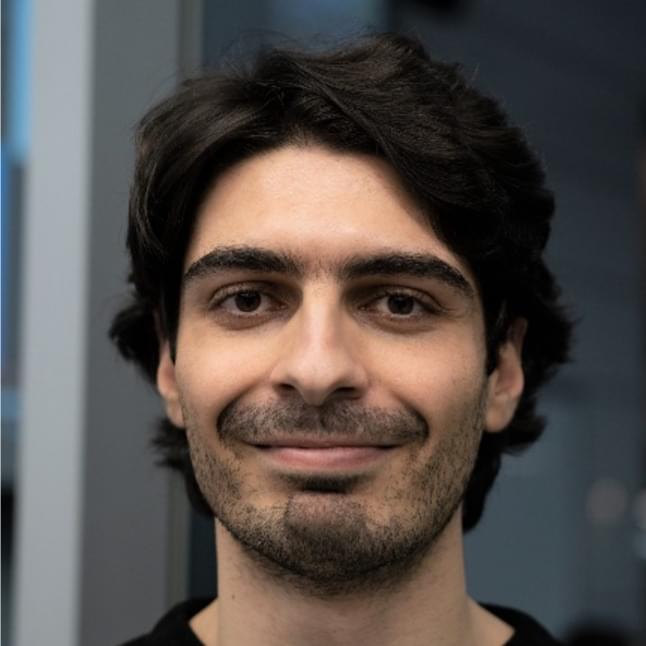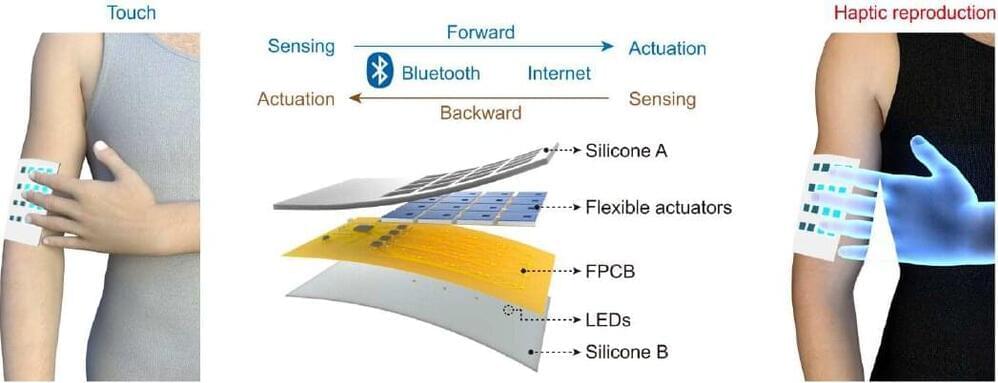Feb 28, 2023
Super-fast insect urination powered by the physics of superpropulsion
Posted by Michael Taylor in categories: chemistry, engineering, physics
Saad Bhamla was in his backyard when he noticed something he had never seen before: an insect urinating. Although nearly impossible to see, the insect formed an almost perfectly round droplet on its tail and then launched it away so quickly that it seemed to disappear. The tiny insect relieved itself repeatedly for hours.
It’s generally taken for granted that what goes in must come out, so when it comes to fluid dynamics in animals, the research is largely focused on feeding rather than excretion. But Bhamla, an assistant professor in the School of Chemical and Biomolecular Engineering at the Georgia Institute of Technology, had a hunch that what he saw wasn’t trivial.
“Little is known about the fluid dynamics of excretion, despite its impact on the morphology, energetics, and behavior of animals,” Bhamla said. “We wanted to see if this tiny insect had come up with any clever engineering or physics innovations in order to pee this way.”

